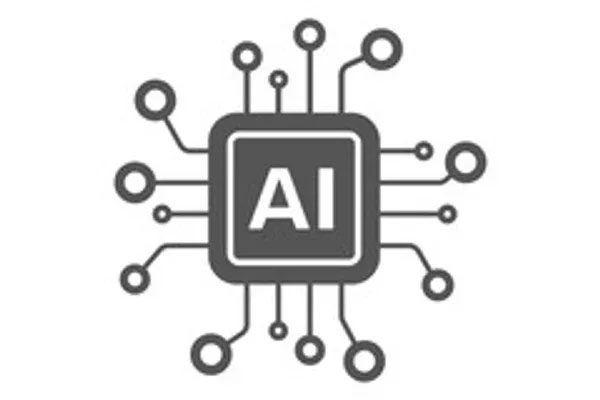Every start-up and midsize enterprise must scale its software systems at some point. Developing a successful strategy to build or scale software systems to accelerate business growth demands a high-level understanding of the public cloud landscape by the leadership team.
According to Forrester’s (Nasdaq: FORR), “The public cloud market will top more than $1 trillion worldwide by 2026.”
So, what is driving this growth? AI/ML, automation, and low code integration into cloud development have fueled the demand for platform re-engineering in the cloud.
The re-engineering processes for making applications cloud-enabled involve different co-existing and interacting elements such as tasks, procedures, people, resources, and technology stack. The facets and concepts of those elements transpire, such as application code refactoring, interoperability across multiple cloud platforms, architecture design, and an optimized distribution of application components over cloud servers.
Cloud computing involves metered access to fine-grained resources, and software systems must be implemented with resource economy as a priority. If done otherwise, operating costs can become prohibitive.
Thinking about re-engineering and moving existing solutions to cloud-native technologies can be very confusing with concepts like Microservices, Containers, Serverless, PaaS, etc. The overarching questions for most leaders are which technology is the right match, which will give the best benefits, and which will be toughest or easiest to adopt and implement.
Going cloud-native means moving away from traditional virtual machine-based hosting and monolithic architecture. When one moves away from Virtual Machine based hosting, a lot of inherent limitations of this approach go away related to Scaling and Administration. Still, it raises a set of complex questions related to Solution Architecture.
Following is a very high-level view of the few critical cloud-native technologies, when and where to use what technologies to engineer or reengineer your business software to deliver a new generation of technology solutions.

Cloud Native Technology Architecture
Cloud-Native technologies are built based on Microservices Architecture, deployed with DevOps practices and tools, and hosted as a Container in a Container runtime engine. They can be broken down into two major segments, Cloud-Platform Agnostic and Cloud-Platform Specific.

Cloud Native Development Approach
Cloud-Platform Agnostic Technologies Highlights
- The Cloud-Platform agnostic technologies are portable, mostly build on open-source frameworks, and the solution (& code) can move from one cloud environment to another or on-premises-based servers without many dependencies and changes to the core code of the solution.
- Open-source frameworks are supported by all major public cloud providers like Microsoft Azure, Amazon Web Services (AWS) & Google Cloud Platform (GCP).
- The most popular Cloud-Platform agnostic technologies are Docker and Kubernetes.
Cloud-Platform Specific Technologies highlights
- The Cloud-Platform-Specific technologies are specific to that Cloud-Platform provider.
- Moving the solution and code from one cloud provider to another may require significant rework and rearchitecting of your solution.
- The Cloud providers provide the platform for developers and IT teams to develop and run their cloud-based solutions without the hassle of managing and administering many aspects of the underlying infrastructure with less time and little infrastructure knowledge. These cloud components are based on Cloud-Native, Platform as a Service (PaaS).
- These cloud components also provide many pre-built services and functionalities, which speed up the development but need to be written and integrated separately into your solution when switching cloud providers.
There are many considerations to be made between choosing Cloud-Platform, both technical as well as business. In many cases, a combination of Specific and Agnostic technologies will also be needed based on certain parameters like core team skillsets, Intellectual Property (IP) specific vs. commodity (Biz Ops) functionalities, growth trajectory, time-to-market, and cost.





